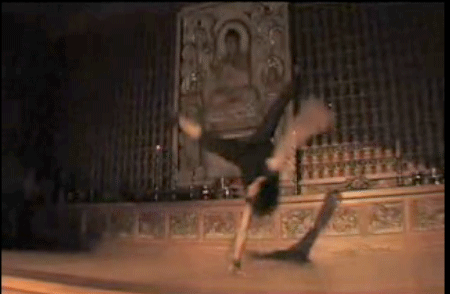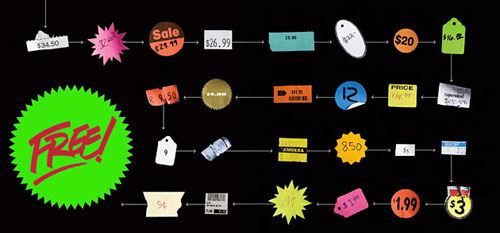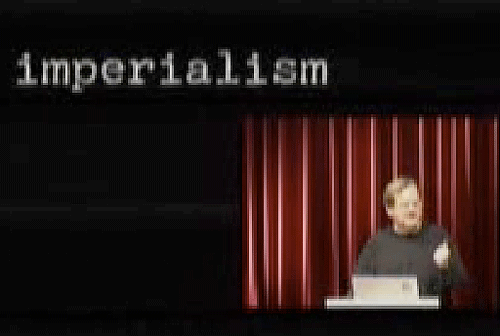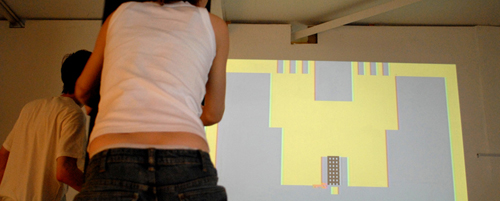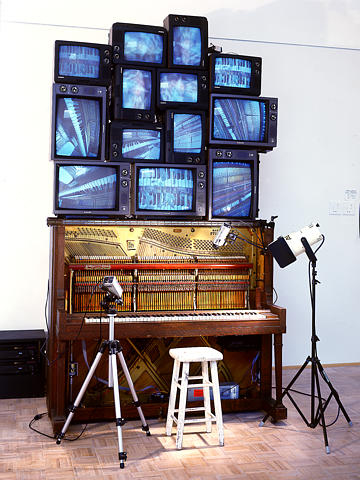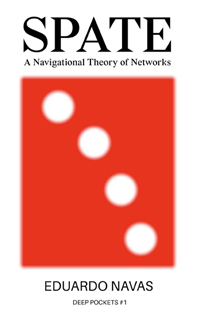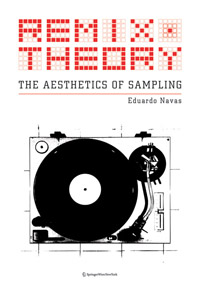Various Remix Videos and Mashups
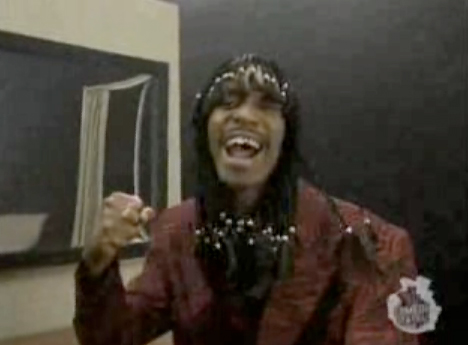
Image source: still of Dave Chapelle impersonating Rick James from “Mashup Video with Jackson, Britney & Rick”
The following is a set of links I prepared for one of my classes on film and video language. I repost them here for later use, and to share with the online community. The list is not by any means exhaustive, and is not linear in any way. The top links are mashups and the bottom links are early hip hop and rock videos. They were chosen in part because of the different approaches to video making, this was necessary for the class, because the students need to understand how music video language evolved throughout the eighties and nineties on to today.
Some of the videos also show early traces of sampling, for example, Trans Europe Express was sampled by Afrika Bambaataa for Planet Rock. Also, the remix of Tour de France juxtaposed with the early version shows how electronic music has evolved while acknowledging the important paradigms set by early electrofunk compositions. The now well known mashups of Christina Aguilera and the Strokes, Madonna and the Sex Pistols, as well as Michael Jackson, Britney Spears the White Stripes and Rick James are some of the most successful remixes in this genre. Part of me admittedly rejects them for their popularity, but the creativity that has gone into the audio remix as well as the video editing have to be noted, because they have at this point set a standard in Remix Culture.
Christina Aguilera and the Strokes, Mashup:
http://www.youtube.com/watch?v=Wl85yq_k0V0
Madonna/Sex Pistols Mashup:
http://www.youtube.com/watch?v=ucLIYZ-tyiQ
Madonna Eurithmics Mashup:
http://www.youtube.com/watch?v=dK-
ppQnAl8A&feature=related
Madonna/Depeche Mode:
http://www.youtube.com/watch?v=DW2
YUyeK5FI&feature=related
Michael Jackson/ Britney Spears and Rick James”
http://www.youtube.com/watch?v=q6
A8uivUNX0&feature=related
Oasis, “Wonderwall”
http://www.youtube.com/watch?v=FAPtTS0TYtU
Greenday, “Boulevard of Broken Dreams”
http://youtube.com/watch?v=bxfpMGLMZ7Y
Early Version:http://www.youtube.com/watch?v=akGR
WdkAxhI&feature=related
Greenday/Oasis with Travis Mashup with Eminem:
http://youtube.com/watch?v=0DzDcAW6GmQ
Yet another twist on the mashup:
http://youtube.com/watch?v=vNLop_nuCzo
Talking Head’s “Burning Down the House”
http://youtube.com/watch?v=st1lH8zcIuQ
&feature=related
Talking Head’s “Wild Wild Life”
http://youtube.com/watch?v=4NXkM8PsPXs
The Cars, “Magic”
http://youtube.com/watch?v=6bEu9wLDjKY
The Cars, “Shake it Up”
http://youtube.com/watch?v=foj81S44_
bE&feature=related
Sex Pistols, “God Save the Queen”
http://youtube.com/watch?v=8z2M_hpoPwk
Ramones, “Rock and Roll High School”
http://youtube.com/watch?v=hLahs7yCprQ
Malcom Mc Claren, “Buffalo Gals”
http://youtube.com/watch?v=7b1zKyVeKgk
Sugar Hill Gang’s Rapper’s Delight:
http://youtube.com/watch?v=diiL9bq
valo&feature=related
In Scrubs:
http://youtube.com/watch?v=
CtAlZB2iqCU&feature=related
Soul Sonic Force’s “Planet Rock”
http://youtube.com/watch?v=9h6pcqC6wrI
Grandmaster Flash’s “The Message”
http://youtube.com/watch?v=k3kRuJhIVIo
Kraftwerk, “Tour De France” Original Version:
http://youtube.com/watch?v=VPowpIR
VOuY&feature=related
Kraftwerk, “Tour De France,” 2003
http://youtube.com/watch?v=sQz-C
ZvkY8k&feature=related
Kraftwerk, “The Robots”
http://youtube.com/watch?v=VXa9tXcMhXQ
Kraftwerk, “Trans Europe Express”
http://youtube.com/watch?v=LWlgbAc3bbM

